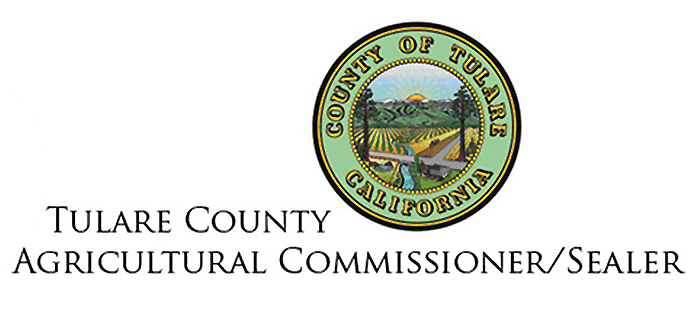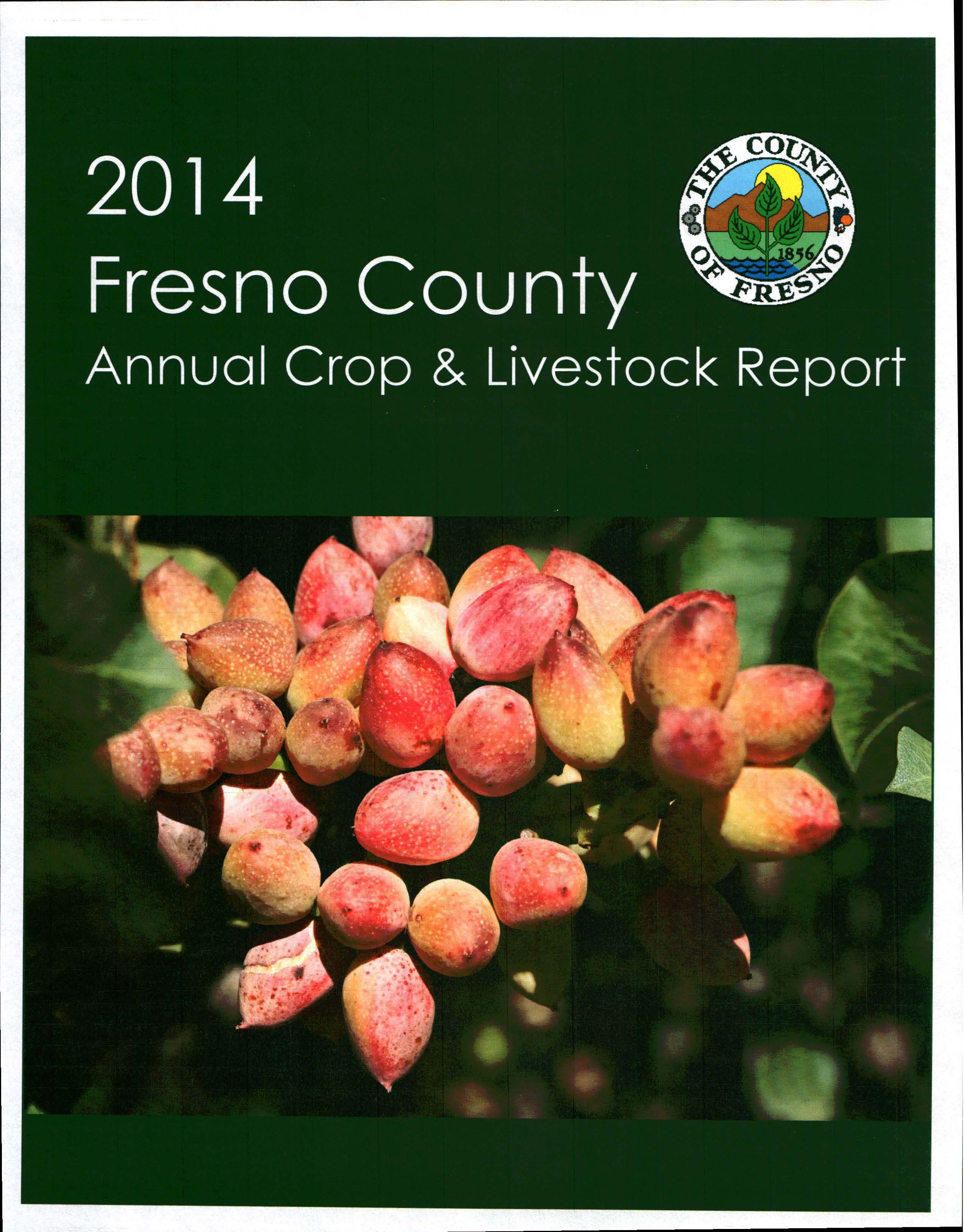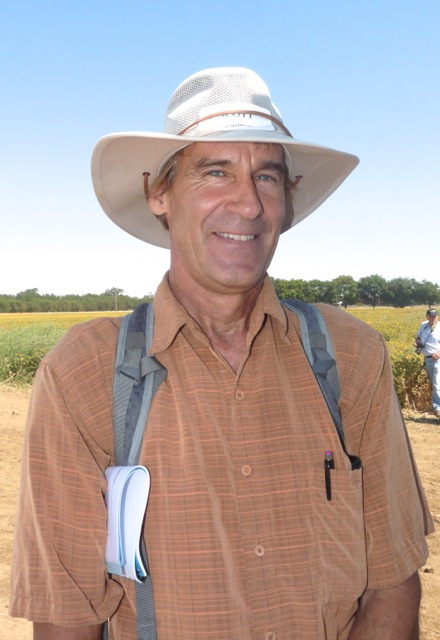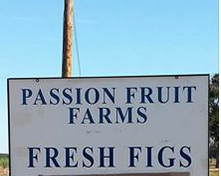Monterey County Rules Lettuce Market
Diversity Keeps Monterey County Going Strong
By Patrick Cavanaugh, Deputy Editor
Monterey County Ag Commissioner Eric Lauritzen talked about the success of local farmers in setting new crop production records, “Despite the water and labor shortages, crop values were up in 11 commodities that exceeded $100 million and 26 that surpassed $10 million. So, the diversity of the economic engine here in Monterey County remains strong despite adversity.”
The overall agricultural value of Monterey County is nearly $4.5 billion. Lauritzen noted, “Commodity by commodity, among our top crops, we saw leaf-lettuce surpass strawberries as the number one commodity again. Strawberries are still over $709 million, and the lettuces combined were about $1.4 billion. It is pretty amazing to see those kinds of numbers coming out of one county.
In addition to water and labor shortages, Lauritzen noted, “We have dealt with the impact of food safety issues with spinach. And though production levels continue to climb back, they have not reached levels achieved since the E. Coli outbreak back in 2010. Anyway, we are still thrilled to see the numbers so strong and this speaks to the economic engine of the County.”
Other achievements include:
-$8.1 billion generated for the local economy, including:
-$5.7 billion in direct economic output, nearly 20% of the county’s total direct economic output.
-$2.4 billion in additional economic output in the form of expenditures by agriculture companies and their employees
-76,054 jobs in Monterey County, including:
-55,702 direct employees, or nearly one quarter of all jobs in the county
-20,352 additional jobs made possible through expenditures by agricultural companies and their employees
-investments in ambitious new technology.

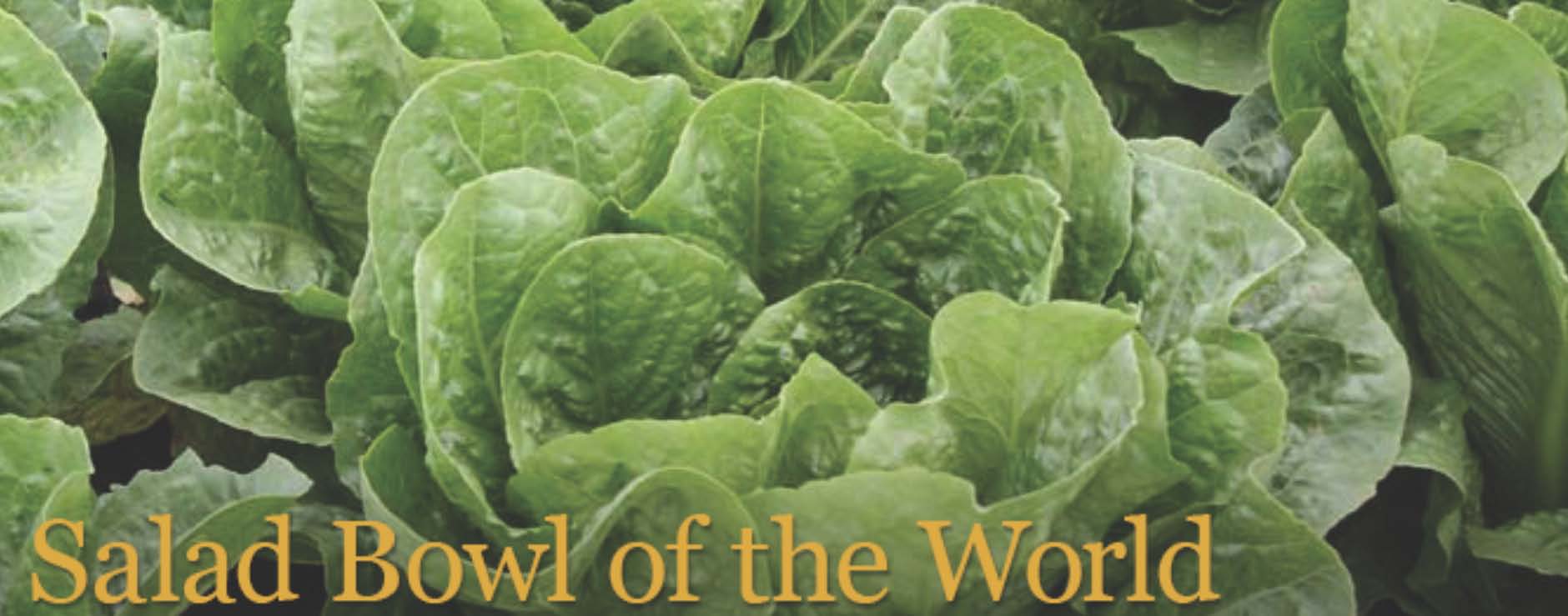

 it in the citrus industry.”
it in the citrus industry.” surprise to us. That is typically where diseases first show up. At the present time, the ACP are contained. We are starting to delimit that area, and residents are very cooperative in allowing those trees to be removed.”
surprise to us. That is typically where diseases first show up. At the present time, the ACP are contained. We are starting to delimit that area, and residents are very cooperative in allowing those trees to be removed.”
